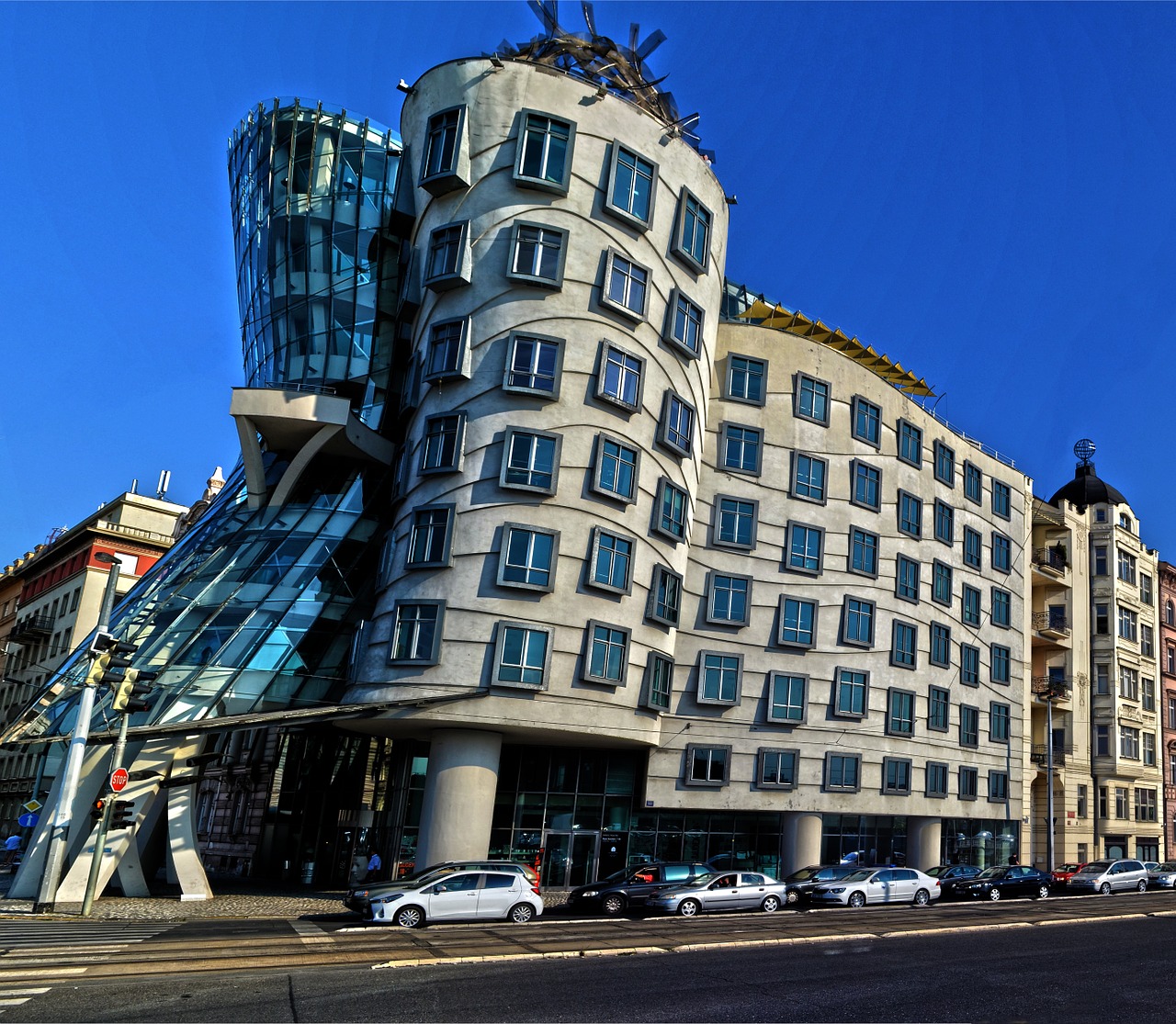MIT is a bastion of leading engineering disciplines and recent advances in architectural geometry, for example, leverage knowledge and experience from across the MIT community, pushing innovative technology forward at a faster clip.
Advances Coming Through Interdisciplinary Collaboration
Nader Tehrani, Department Chair, Department of Architecture, and principal and founder of NADAAA leads faculty and students in carrying out novel experiments through collaborative workshops with other departments fostering cross disciplinary thinking and cooperation.
According to Tehrani, creating any human artifact involves three main factors: geometry, process and material. New materials, of which there have recently been many, lead to new forms that affect how architects design buildings. Tehrani and his staff collaborate closely with MIT’s Emergent Material Group and Urban Metabolism Group, all of whom share an interest in how building materials affect architecture.
The Changing Paradigm Of Architecture
Tehrani mentions the recent increase in this study and use of foamed material, especially in the creation of foamed cement’s and concretes. Discovering or synthesizing materials that are significantly lighter and stronger than existing materials allows architects to design and build in new ways.
Tehrani’s students, as architects, exist between two worlds: one of designing calculating or analyzing, and the other, determining what can practicably be built or constructed. With recent breakthroughs in nanotechnology architects are now beginning to build materials starting on the nanoscale. And by studying the self assembling characteristics of biological systems, architects are thinking about how new materials can or should be made and used. Using self-assembly as a new paradigm for building things of all kinds is leading to new insights and advances.






